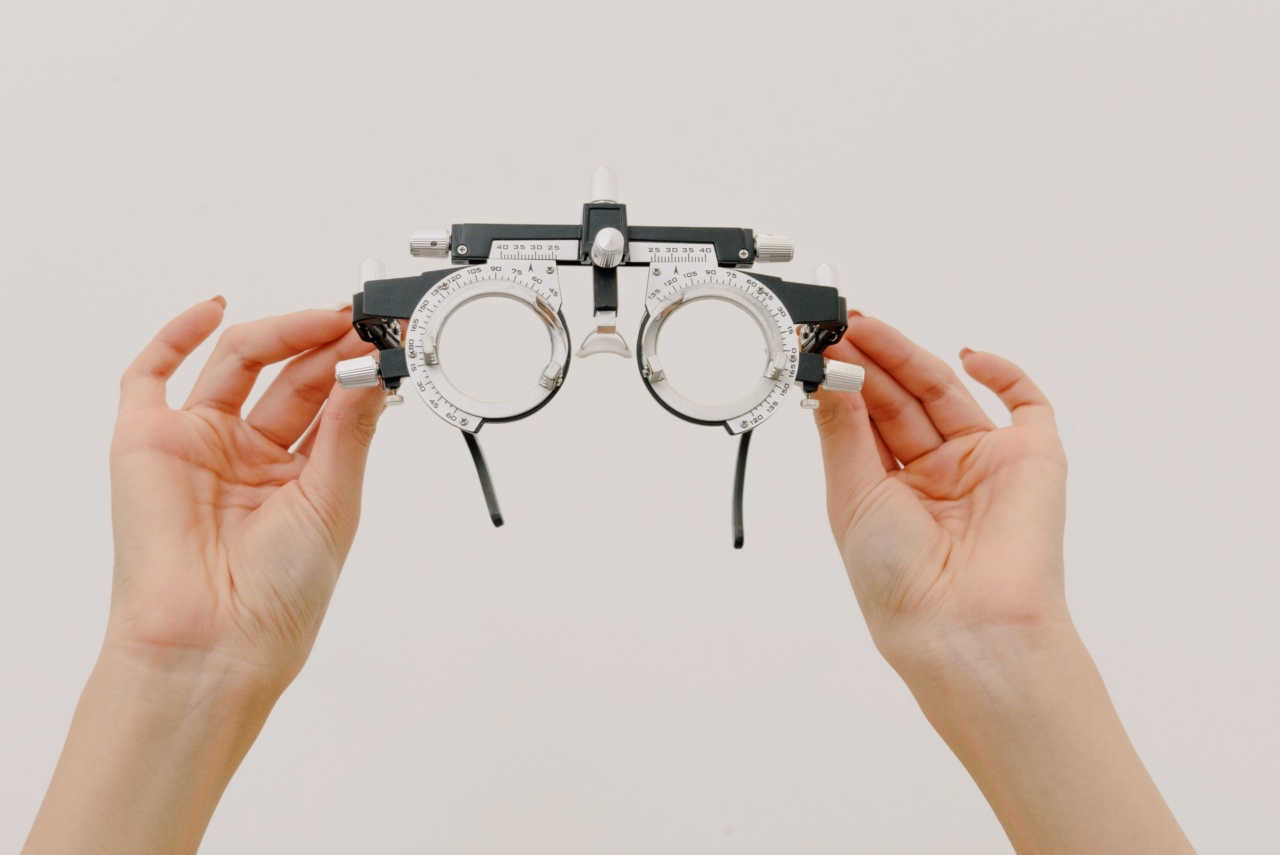In recent years, there has been a significant rise in the number of men seeking pharmaceutical help for erectile dysfunction (ED). One medication that has gained immense popularity in this arena is Viagra, also known by its generic name sildenafil.
While Viagra has revolutionized the treatment of ED and helped countless men regain their sexual confidence, it is crucial to understand that this medication is not without its potential side effects. One of the most notable concerns associated with Viagra usage is the impairment of vision.
In this article, we will delve into the details of this side effect, including the mechanism responsible for it, the prevalence among users, and the potential risks associated with it.
Understanding Viagra and Its Mechanism of Action
Viagra belongs to a class of drugs called phosphodiesterase type 5 (PDE5) inhibitors. It primarily works by relaxing the smooth muscles in the walls of blood vessels, specifically those in the penis.
This action helps to enhance blood flow to the genital area, thereby facilitating erections in men with ED.
While the main purpose of Viagra is to aid in erectile functioning, it is important to note that this medication does not initiate sexual arousal. Instead, it enables men to achieve and maintain an erection when sexually stimulated.
Viagra’s Link to Vision Impairment
Several studies and clinical reports have highlighted a potential association between Viagra usage and vision impairment.
Some users have reported experiencing blurred vision, increased sensitivity to light, changes in color perception, and even temporary vision loss. These visual disturbances are believed to be related to the inhibition of PDE6, an enzyme found in the retina.
Role of PDE6 in Vision
PDE6 plays a crucial role in the visual signaling cascade within the retina. It is responsible for the regulation of cyclic guanosine monophosphate (cGMP), a molecule involved in the transmission of light signals in the photoreceptors of the eye.
By inhibiting PDE6, Viagra disrupts this delicate balance and can lead to visual disturbances.
Prevalence and Risk Factors
The exact prevalence of Viagra-induced vision impairment is yet to be fully determined. However, various studies suggest that it affects a small percentage of users.
A study published in the journal Retina reported that around 2.9% of Viagra users experienced visual changes, with the majority of cases involving mild to moderate symptoms that resolved within 24 hours.
While the majority of users may not experience any vision-related side effects, certain factors can increase the risk.
These include high doses of Viagra, pre-existing eye conditions such as retinitis pigmentosa or macular degeneration, and concurrent use of other medications that may interact with Viagra.
Types of Vision Impairment Associated with Viagra
1. Blurred Vision: Blurred vision is one of the most commonly reported visual disturbances associated with Viagra usage. It can make it difficult to clearly see objects or read fine print.
2. Increased Light Sensitivity: Some users may experience heightened sensitivity to light, also known as photophobia. Exposure to bright lights can cause discomfort and can make it challenging to be in well-lit environments.
3. Changes in Color Perception: In rare cases, Viagra can alter an individual’s ability to perceive colors accurately. This can manifest as a blue tint or color distortion, making it challenging to differentiate between certain shades.
4. Temporary Vision Loss: While rare, some individuals may experience a temporary loss of vision after taking Viagra.
This sudden onset of vision loss, also known as non-arteritic anterior ischemic optic neuropathy (NAION), requires immediate medical attention.
Risks and Safety Measures
If you are considering or currently using Viagra, it is essential to be aware of the potential risks associated with vision impairment. Here are a few safety measures to consider:.
1. Consult Your Doctor: Before starting any medication, including Viagra, it is crucial to consult with your healthcare provider, who can assess your medical history and advise on potential risks and benefits.
2. Use as Directed: Always follow the prescribed dosage and administration instructions provided by your doctor or pharmacist.
Do not exceed the recommended dose, as this can increase the likelihood of side effects, including vision impairment.
3. Inform Your Doctor: If you have any pre-existing eye conditions, such as retinitis pigmentosa or macular degeneration, or if you experience any visual disturbances after starting Viagra, inform your doctor immediately.
4. Avoid Grapefruit Juice: Grapefruit juice can interact with certain medications, including Viagra, and increase the risk of side effects. It is advisable to avoid consuming grapefruit or grapefruit juice while using Viagra.
5. Be Aware of Potential Interactions: Inform your doctor about all other medications, supplements, or herbal products you are taking, as they may interact with Viagra and heighten the risk of side effects.
Final Thoughts
Viagra has undoubtedly revolutionized the treatment of erectile dysfunction, providing countless men with the ability to restore their sexual confidence and improve their quality of life.
However, it is crucial to be aware of the potential side effects associated with this medication, especially its impact on vision. While Viagra-induced vision impairment is relatively rare, it is important to monitor for any visual disturbances and promptly seek medical attention if they occur.
Remember, open communication with your healthcare provider is key to ensuring the safe and effective use of any medication.































